Some 12 million years ago when the world was much younger, a massive seismic event left a huge depression in what is now Mexico. Almost 3000 square miles in size, the edges of the depression filled over the eons while rain water and rivers flowing down from the surrounding mountains created a massive inland lake. Today, only some 450 square miles in size, the lake is still the largest in Mexico, providing water to the nearby city of Guadalajara.
Called Lake Jalisco during the Spanish occupation, it was renamed Lake Chapala to honor Chapalac, the last Nahuatl (or Aztec) Chief of the tribe. Alas! There was no Mexican poet to immortalize his name by writing a poem dedicated to him like the Song of Hiawatha by the British poet Henry Wadsworth Longfellow. So today, even this small tribute to Chapalac is challenged by many who say that the lake’s name, Chapala, originates from the gentle lapping sound that water makes along its shores!
Regardless of the source of its name, Lake Chapala continues to be a lovely spot to visit for tourists and locals alike. Over the years, communities have grown up around the lake that house large number of “Snow Birds” from the US, Canada, and the European Union who flock here to escape the bitter winter of their own homes. Many have permanently settled here after retirement as they find the weather mild the year round, good medical facilities in nearby Guadalajara and most important of all, their Dollars and Euros stretch so much further in the cheaper Mexican economy.
It is indeed a beautiful stretch of water, surrounded by gently sloping hills dotted with dwellings and providing sanctuary for aquatic life and water birds like the Egrets and Pelicans. There are islands in the lake including one called the Scorpion Island. On this island and along the shores are many restaurants famous for the sea food they serve.
A broad walk (or Malecon) leads visitors from the parking lot to a jetty that juts out into the lake. On its left is a fountain called the Fountain of Fishes (Fuentes de Pescadores) surrounded by four actions statues of fishermen, honoring the lives of natives that originally lived in fishing villages around the lake.
Take a walk around part of the lake to visit the souvenir shops. There is something to suit your taste in one of them! It is unlikely, however, that you will be able to go completely around the lake on foot since it is about 40 miles long and 10 miles wide. Instead, when pleasantly tired, watch the sun go down while standing on the jetty as the Egrets and the Pelicans fly home.
Then if you are so inclined, visit one of the lake front restaurants for Shrimp Ceviche to die for. You can wash these morsels of heaven down with sips of Cadillac Margarita, the perfect accompaniment to the tart and tang of the Ceviche.
A word of advice, if you order a double Margarita, make sure that you have a designated driver to take you safely home, for this very potent drink comes in goblets the size of a mini bird bath!
Salud!

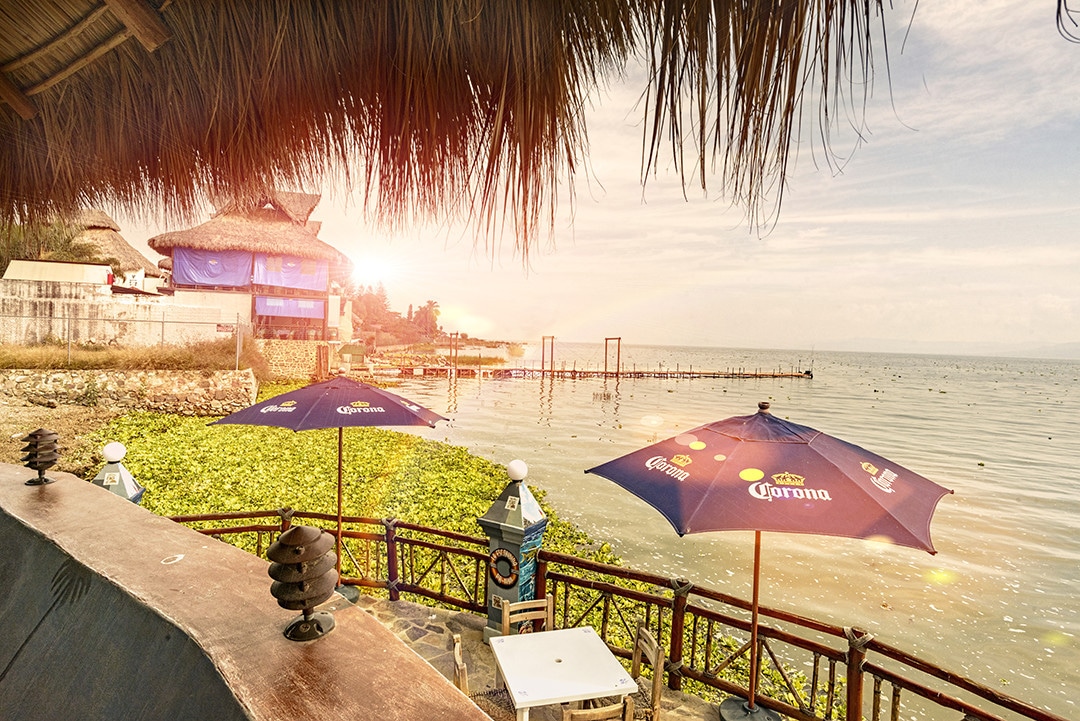
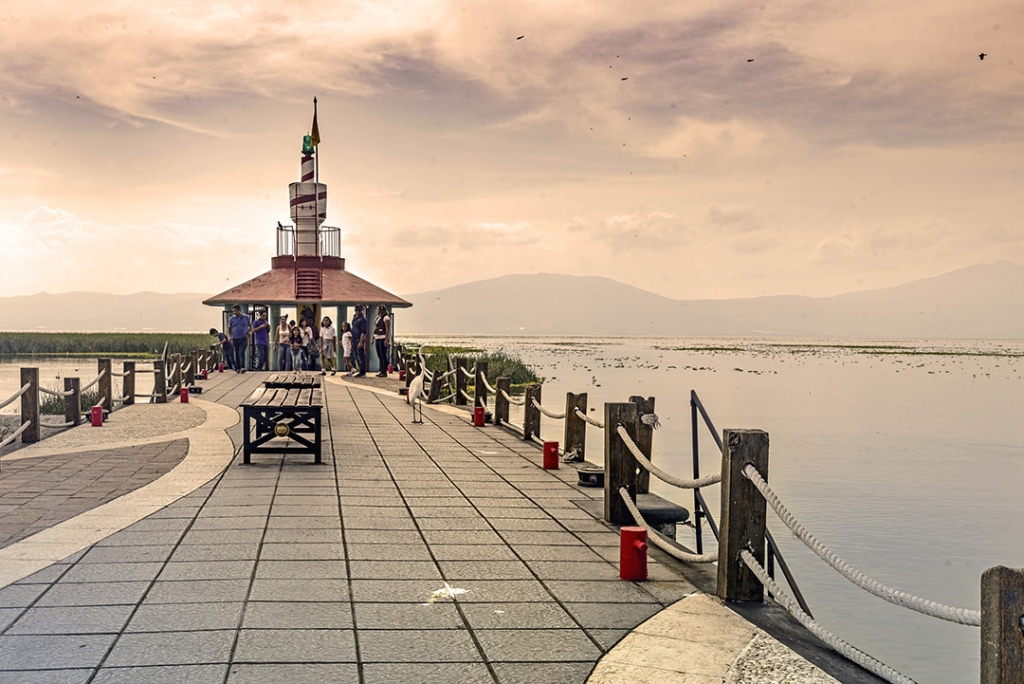
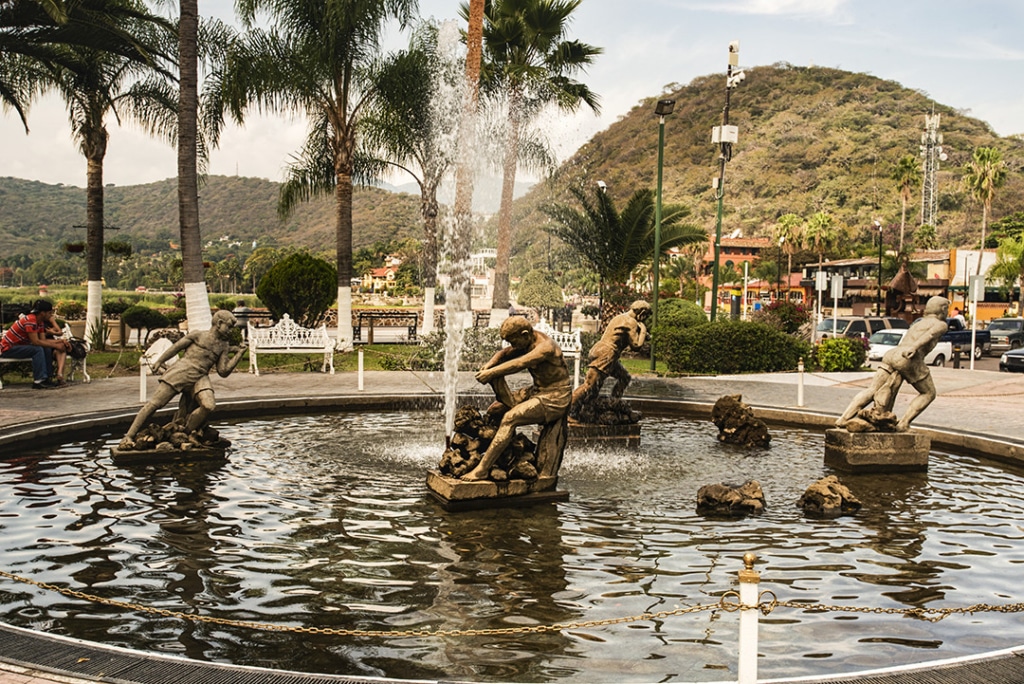
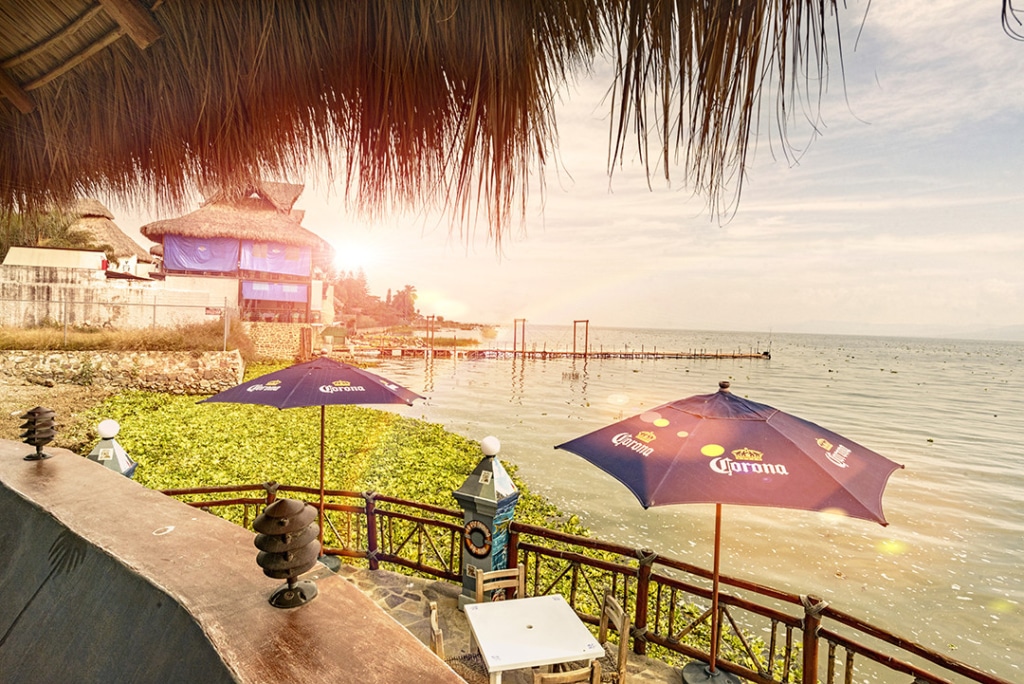
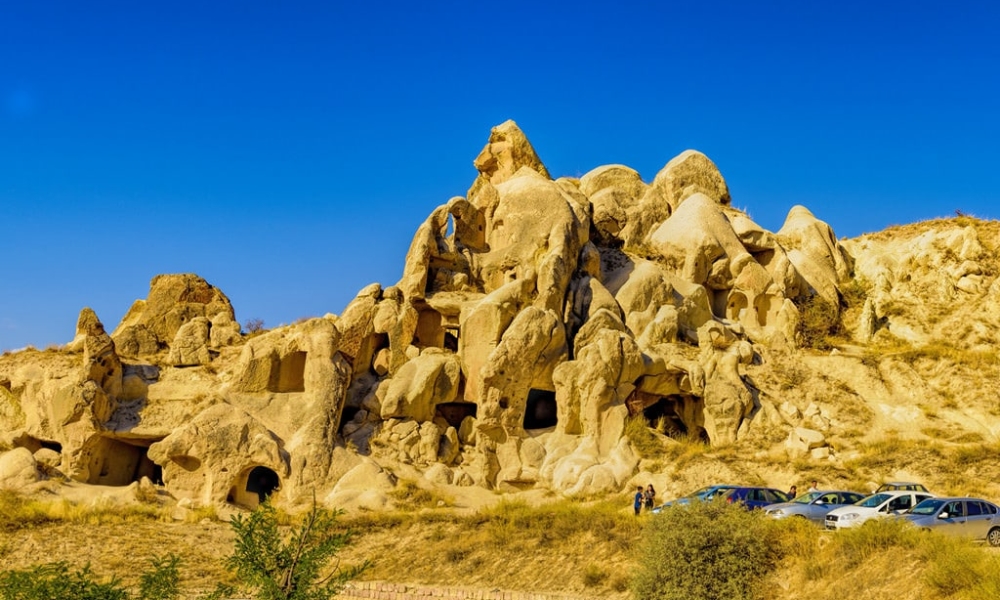

Shomru
22 Sep 2017Great!
Prem Goswami
22 Sep 2017At par with the standard already set up by you, Jayant, this too is a delightful piece. Quibbles apart (why Egrets and Pelicans in capitals when egrets and pelicans would do), this was informative, pleasant and entertaining read.
Rehana Sen
19 Sep 2017Interesting and informative piece, Jayant, and beautiful photographs as always to go with the lucidity of the classy prose. I like the way you have included history, gastronomy, Nature and art. Wonderful, thank you.
Just one quibble: Longfellow was American, not British.
Enjoyed it. Rehana
G R Taneja
19 Sep 2017Delightful!
Vijaya Ghose
19 Sep 2017What a lovely lake Jayant unlike the dying water bodies in India. Not only lakes in India but all rivers are polluted. The history is interesting too. Mexicans are born artists. Look the statues in the pool!